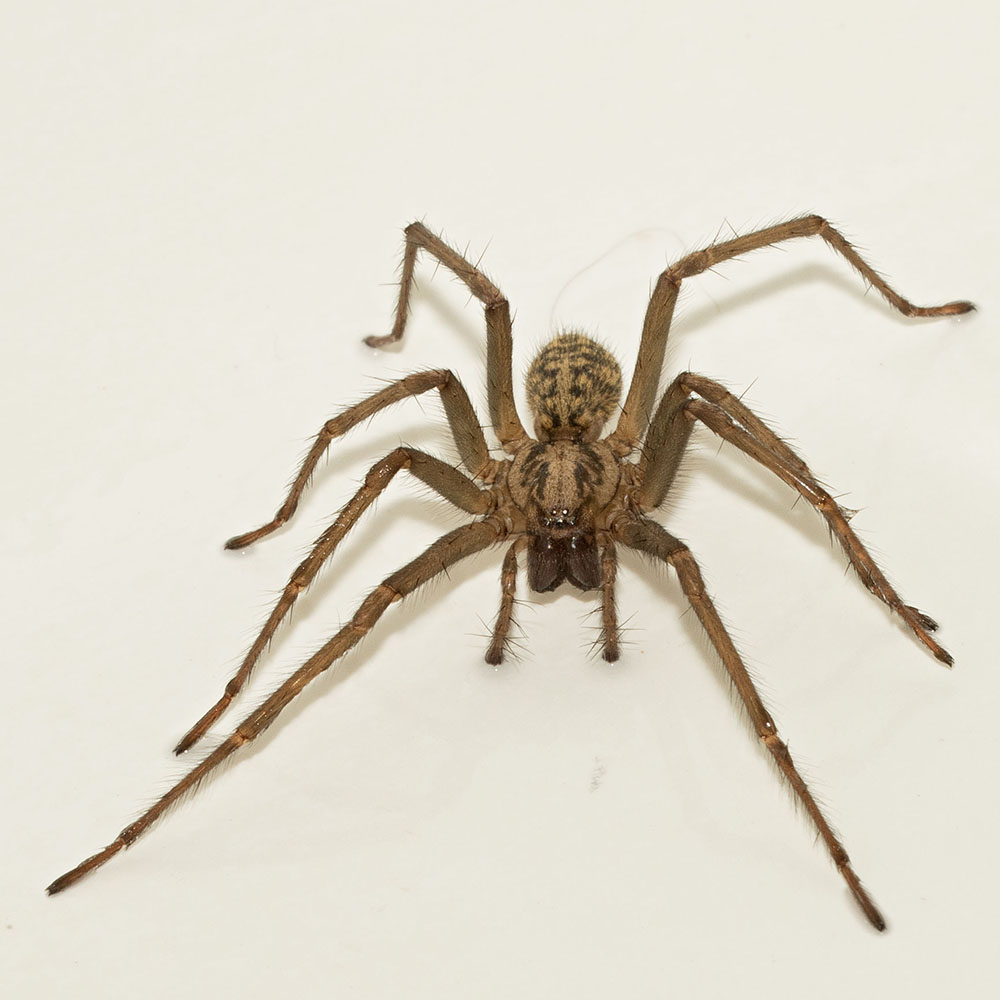
Is it OK to throw house spiders outside?
Is moving a spider outside an act of compassion, or a death sentence?
Many people will squish spiders when they see them indoors. But others will trap the eight-legged arthropods in a jar and release them outside.
But is this outdoor relocation an act of compassion, or a death sentence for the spider?
It depends on the species of spider, said Rod Crawford, the curator of arachnids at the Burke Museum of Natural History and Culture in Seattle.
Related: Weird and wonderful: 9 bizarre spiders
If the spider is a native to the area, it will likely be able to survive outside, Crawford said. But if the spider is a transplant that's become a house spider — even if its ancestors made the voyage to the "new" place decades to hundreds of years ago — odds are, the spider will perish outside, Crawford said.
That's because most spiders are adapted to specific places and temperatures, Crawford said.
"The American house spider (Parasteatoda tepidariorum) [is] probably native to northern South America," Crawford said. "It undoubtedly lives outdoors just fine if your backyard is in Brazil or Guyana."
Sign up for the Live Science daily newsletter now
Get the world’s most fascinating discoveries delivered straight to your inbox.
Even species that moved from one climate to a similar one seem to have trouble. Take the giant house spider (Eratigena atrica), a native of England. It traveled west when the British settled British Columbia, Canada, and the species later made its way south, to Seattle.
Now, E. atrica can be found in houses across parts of the northwestern U.S. (including this reporter's childhood home). But the species is hardly ever found outside, even though Seattle's climate is fairly similar to London's.
"You would think it could survive outside, but we never find it in natural habitats around here — just [in] man-made habitats, such as buildings, brick piles, junk piles and retaining walls," Crawford said. "So, it does, in fact, survive to some extent outside of buildings, but always in a man-made shelter."

What to do
If you see a spider creep across your bedroom, don't squish it — but don't throw it outside, either, Crawford said. Instead, move it to another part of your residence where you don't mind having spiders, such as the garage, he suggested.
"Most of the spiders you see in a house have indoor populations" — anywhere from 50 to several hundred, Crawford said. So killing one won't get rid of the arachnids. They usually live in nooks and crannies or in relatively unused areas, such as crawl spaces and basements, and they stay busy catching small pests, such as flies and mosquitoes. Moreover, it's rare for spiders to bite people, so you don't have to worry about unexpected bites, Crawford said.
If you want to see fewer spiders in, for example, your bedroom or living room, fill the gaps and cracks in your abode with caulk, rags or weather strips, he advised.
"Even a relatively large spider can squeeze through something relatively small," Crawford said.
Yet there is some debate on the issue of indoor-versus-outdoor spiders.
"Some spiders have chosen the inside of a house because that is where they prefer to live," said Rick Vetter, a retired research associate of entomology at the University of California, Riverside. "However, a counterargument to that is, 'Well, before there were houses, where did the spiders live?'"
They lived outside, Vetter contended.
"I would say, toss them outside," Vetter said. "That's where they came from. They might die, but then again, they might find suitable habitat."
Originally published on Live Science.

Laura is the archaeology and Life's Little Mysteries editor at Live Science. She also reports on general science, including paleontology. Her work has appeared in The New York Times, Scholastic, Popular Science and Spectrum, a site on autism research. She has won multiple awards from the Society of Professional Journalists and the Washington Newspaper Publishers Association for her reporting at a weekly newspaper near Seattle. Laura holds a bachelor's degree in English literature and psychology from Washington University in St. Louis and a master's degree in science writing from NYU.









